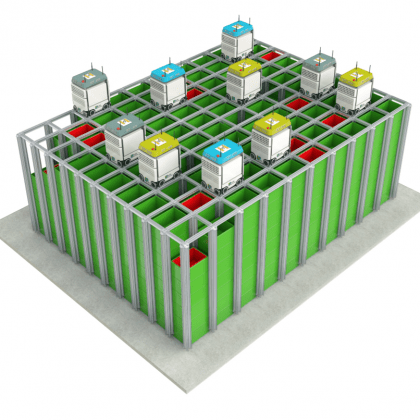Accompanying blog post for ‘Keratin-based topical cream for radiation dermatitis during head and neck radiotherapy’
For patients with head and neck cancer treated with radiotherapy, radiation dermatitis, or the skin irritation that occurs during and toward the end of the course of radiotherapy, can be one of the most painful and bothersome side effects. While multiple topical creams and dressings have been tested, few agents have demonstrated clear efficacy in reducing rates of moderate to severe skin irritation. Our group’s research interests are focused on the side effects of radiotherapy and our mission is to improve the therapeutic index of radiotherapy by lessening the side effect burden through an improved understanding of the biological mechanisms of radiation tissue injury and interventional studies aimed to prevent, mitigate, or relieve radiotherapy toxicity. So, while others are (importantly) are focused on studying new cancer treatments to maximize cure rates in the future, we are interested in relieving the side effects that patients are experiencing right now. Radiation dermatitis was a natural topic to study, as we direly need better treatments to prevent/relieve it.
When colleagues at our institution approached us with news that they had developed a topical cream wound dressing (KeraStat Cream®, KC) from human-derived keratin (the protein that makes up the structure of our skin, hair, nails, etc.), we were very excited! In pre-clinical studies, they had shown that hair-derived keratin proteins shift the microenvironment to an anti-inflammatory state by affecting tissue macrophage phenotypes, blunting pro-inflammatory and up-regulating anti-inflammatory cytokine expression. This was just what we were looking for: a straightforward, non-toxic, easy-to-apply topical agent without the side effects of topical steroids that may have similar anti-inflammatory properties.
The next question was: would patients agree to participate and actually apply the cream routinely according to instructions on a randomized clinical trial? Surprisingly, there was not a lot of data on patient adherence to topical agents in radiation dermatitis trials. When we conducted a preliminary study in patients with breast cancer, we found that issues with adherence seemed to occur when participants were applying too much cream. In our trial published recently, we found that per week adherence was very high, and that a randomized trial comparing KC to routine skin care was feasible.
Another finding from our study has significant implications on the way we study cancer treatment toxicity: 21% of clinician-reported assessments of radiation dermatitis (per CTCAE) were discordant with the patient-reported measures of radiation skin reaction (by PRO-CTCAE). This is not particularly surprising, since the CTCAE is based on objective findings, some of which are more important than others, while the PRO-CTCAE is a pure scale of severity of radiation skin reaction (from none to very severe). To me, the concerning issue with “CTCAE Grade 2 or greater radiation dermatitis” as a primary study endpoint (as many trials have in the past) is that about 1/3 of participants with this finding rated their skin reaction to be none or mild. This should be a call to radiation dermatitis researchers to re-think the methods by which we determine the success of treatment. Is there an outcome similarly relevant to both provider and patient (e.g., moist desquamation)? Or perhaps a patient-focused approach with composite clinician-rated and patient-reported outcomes (e.g., CTCAE combined with PRO-CTCAE, or RISRAS). I don’t have the answer right now, but we hope to further investigate these methods in our future trials of KC for radiation dermatitis. Will let you know what we find out!
The paper ‘Keratin-based topical cream for radiation dermatitis during head and neck radiotherapy: a randomised, open-label pilot study‘, is available as part of the Journal of Radiotherapy in Practice Editors’ Choice collection.






